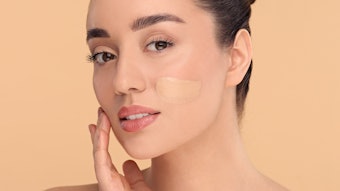Ozone depletion and more active outdoor lifestyles have led to increased UV exposure and major health concerns. The ozone layer, an efficient UV shield in the upper stratosphere, has been severely reduced throughout the past decade because of increased environmental pollution.
Its depletion has led to increased UV radiation—a serious problem for human skin. UV radiation may cause skin cancer through the induction of pyrimidine dimers and reactive oxygen species (ROS), resulting in oxidative DNA damage. Guanine is the preferential target for ROS, leading to the formation of 7,8-dihydro-8-oxo-guanine (8-oxo-G) in the skin. A marker of oxidative stress, 8-oxo-dG is highly mutagenic due to incorrect base pairing with deoxyadenosine.
DNA damage leads to an up-regulation of p53 protein through increased protein stability. In normal, healthy keratinocytes, the p53 level is potentially suppressed by a number of regulators like MDM2. p53 protein has a short half-life of about 5–20 min, hence it is the up-regulation through increased protein stability that prevents its degradation. After DNA damage, p53, or “the guardian of genome,” is activated by phosphorylation and protected from degradation by preventing MDM2 binding. Phosphorylated p53 acts as a transcription factor and promotes expression of further proteins such as p21, gadd45 and BAX by transcriptional activation. These proteins are involved in controlling the cell cycle (p21), organizing DNA repair (gadd45) and eliminating nonrepairable cells by inducing apoptosis (BAX). p53 is an marker for damaged DNA; the higher the amount of damaged DNA, the higher the p53 level. In comparison to unprotected cells, cells treated with a DNA protecting molecule show a lower level of p53.










